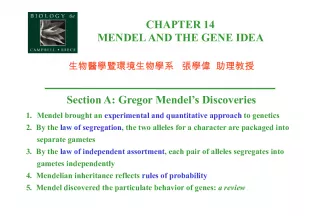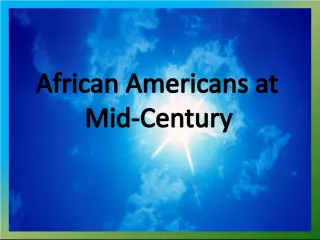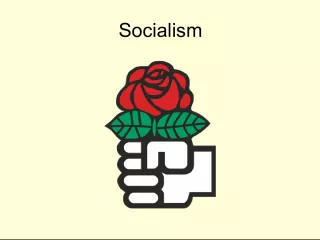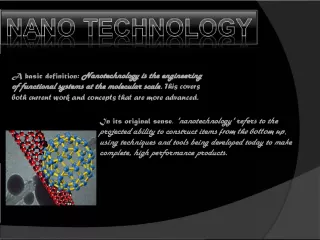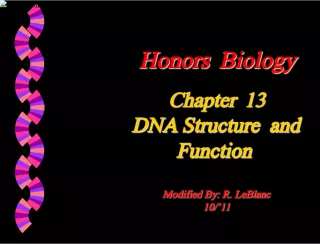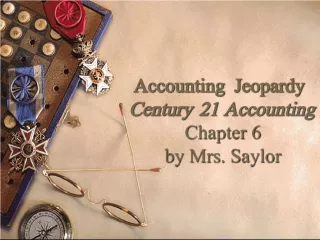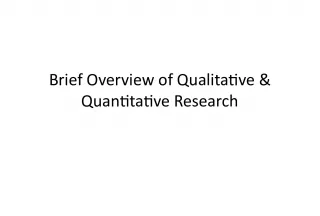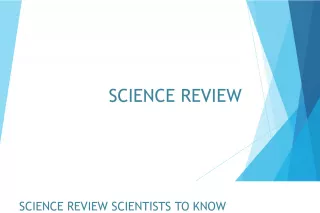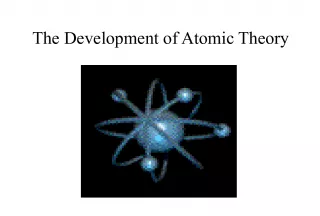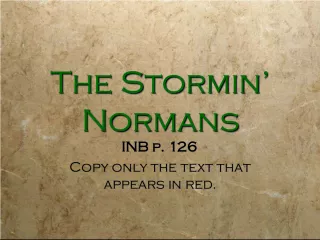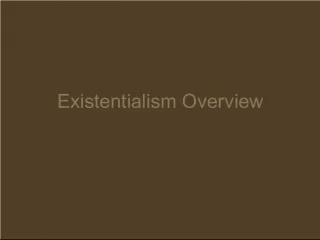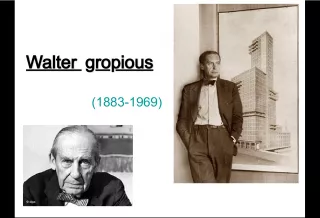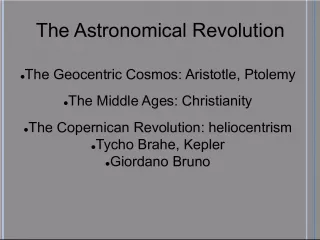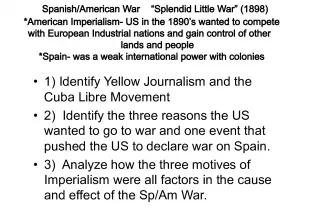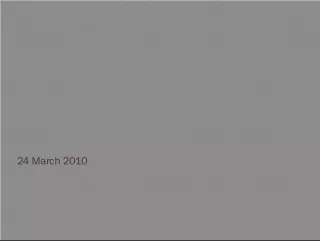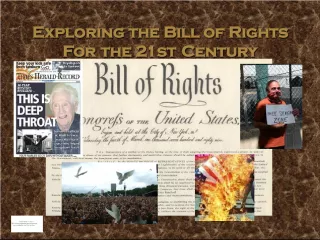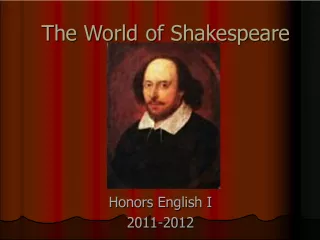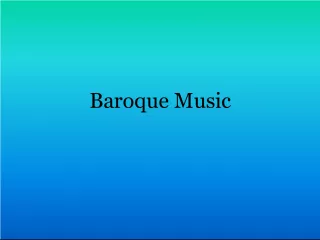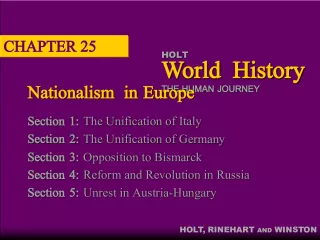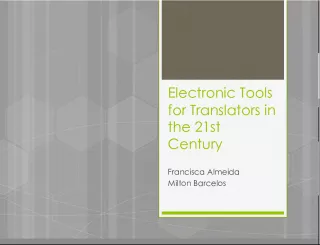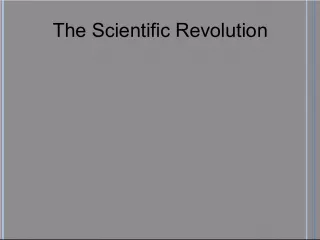Discoveries of Eighteenth Century
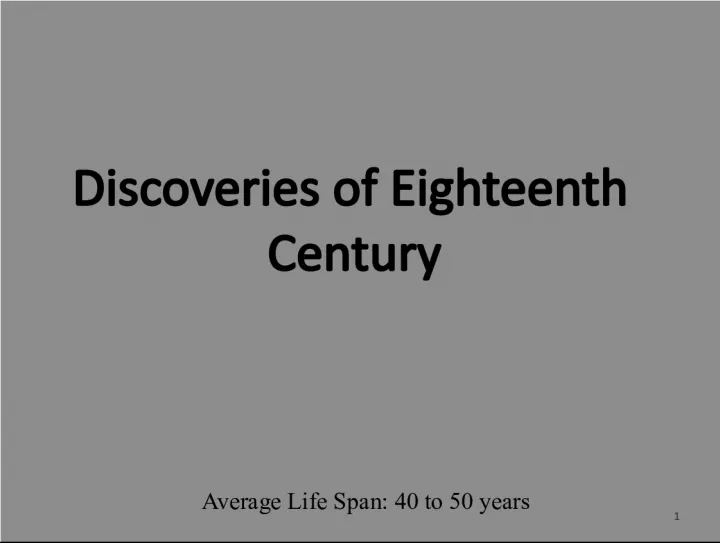

The Eighteenth Century was a period of great scientific discoveries and innovations. Among them, Gabriel Fahrenheit invented the first mercury thermometer, which led to more accurate temperature measurements. Ben Franklin introduced bifocals
- Uploaded on | 2 Views
-
 johntaylor
johntaylor
About Discoveries of Eighteenth Century
PowerPoint presentation about 'Discoveries of Eighteenth Century'. This presentation describes the topic on The Eighteenth Century was a period of great scientific discoveries and innovations. Among them, Gabriel Fahrenheit invented the first mercury thermometer, which led to more accurate temperature measurements. Ben Franklin introduced bifocals. The key topics included in this slideshow are . Download this presentation absolutely free.
Presentation Transcript
Slide1Discoveries of EighteenthCentury 1 Average Life Span: 40 to 50 years
Slide2Gabriel Fahrenheit(1686-1736) • created 1 st mercury thermometer Ben Franklin (1706-1790) • invented bifocals for eyeglasses Dr. Jessee Bennet • Performs 1 st successful C-section in 1794 2 18 th Century (cont)
Slide3Edward Jenner (1749-1823) • Country doctor in England • Developed a vaccination for smallpox in 1796 • How did he find this? …..next page 3
Slide4•Jenner observed that individuals who had caught the less serious cowpox generally did not catch smallpox. • This led him to discover technique of vaccination when he deliberately infected a small boy with cowpox. • He found that this gave the child immunity against deadly smallpox . 4
Slide55
Slide6The word “ vaccination”, made up by Jenner for his treatment (comes from Latin vacca , a cow ). Word was later adopted by Pasteur for immunization against any disease . 6
Slide710. The word vaccination is derived from a Latin word, which means . . ? . CheckPoint 7
Slide8Discoveries of 19th Century 8 Average Life Span: 40 to 65 years
Slide919th Century (cont) 9 • Period known as the “industrial revolution” • Major progress in medical science occurred • due to development of machines • ready access to books
Slide10Rene Laënnec (1781-1826) • French physician • Invented stethoscope (1816) – Cylinder originally made from paper , then made from hollow wooden tube • Hailed as Father of Thoracic Medicine 10
Slide11before stethoscope, doctors put ear directly to body. 11
Slide1212
Slide13Evolution of Laennec’ s stethoscope 13
Slide1419th Century(cont) 14 Florence Nightingale (1820 – 1910) Pioneer of Nursing • Established efficient and sanitary nursing care units for injured soldiers during the Crimean War • Began professional education of nurses
Slide15Florence Nightingale tending the ill15 • Often called the “Lady with the Lamp” after her habit of making rounds at night
Slide16•Although bedridden for many years, she campaigned tirelessly to improve health standards – published 200 books, reports & pamphlets • In recognition of her work Queen Victoria awarded Miss Nightingale the Royal Red Cross in 1883. • She died at age 90. 16
Slide1719th Century (cont) 17 Major Developments • Infection Control • Associated microscopic organisms with disease • Methods developed to stop the spread of organisms • Women became active participants in medical care • Elizabeth Blackwell – 1 st female physician in US • Dorothea Dix – appointed Superintendent of Female Nurses of the Army • Clara Barton – founded the American Red Cross
Slide1811. Laennec’ s first stethoscope was made of: a. paper b. wood c. tree bark . CheckPoint 18
Slide19CheckPoint cont.12. Before Laennec ’ s stethoscope, how did physicians listen to heart & lung sounds? . 19
Slide20James Blundell (1790-1877) • 1818- performed 1st successful human blood transfusion – transfused blood from husband to his wife by means of syringe 20
Slide21•Blundell performed 10 transfusions up to 1830 – about half were successful • At this point, blood typing had not been developed & transfusions were risky. • In 1870's, doctors began using milk from cows, goats & humans, as blood substitute • This was replaced with saline solution in 1880's. 21
Slide22William Morton (1819-1868) • developed anesthesia techniques that made surgery painless 22
Slide23MATCHING: 13. Reformed hospitals; pioneered nursing 14. Successful blood transfusions 15. Developed anesthesia techniques . CheckPoint a. Morton b. Nightingale c. Blundell 23
Slide24Louis Pasteur (1822-1895) • Father of Bacteriology • Discovered that microorganisms were everywhere • Proved that microbes caused disease . 24
Slide25the process of boiling a liquid to destroy bacteria isstill used today; most dairy products are pasteurized. Discovered that heating of milk killed germs--hence the term “ pasteurization ” . 25
Slide26Pasteur also developed vaccinesagainst anthrax & rabies. Louis's pupil, Emile Roux, inoculating boy against rabies at Pasteur Institute 26
Slide27Sir Joseph Lister ( 1827-1912) • Used asepsis in surgery • Discovered that carbolic acid killed germs . Carbolic acid sprayer 27
Slide28Lister Introduces Antisepsis• For six weeks, Lister had treated a boy's compound fracture wound with carbolic acid. • When Lister removed dressings from fracture, he found wound had healed without infection-- something unheard of at that time! 28
Slide29Wilhelm Roentgen (1845-1923) • German physicist • Discovered x-rays in 1895 • 1 st X-ray was of his wife’s hand 29
Slide30Roentgen’ s wife & X-ray of her hand 30
Slide31MATCHING: 16. Discovered x-rays 17. Developed rabies vaccine 18. Used carbolic acid to kill germs . CheckPoint a. Lister b. Pasteur c. Roentgen 31
Slide3232• Most rapid growth in health care Twentieth Century Average Life Span: 60 – 80 years
Slide33Development of RehabilitationProfessions 33 Physical Therapy Occupational Therapy Orthotics and Prosthetics Audiology Art Therapy Kinesiotherapy
Slide34Physical Therapy1894 Originated in England • Nurses were 1st Physical Therapists • RN using a Current impulse stimulator 34
Slide35Another type of physical therapyUsing a “shoulder wheel” which was used after arm & shoulder injuries 35
Slide36Occupational Therapy - 1917 • Developed in response to injured veterans returning from WWI. • Needed rehab in order to get back to work. Occupational Therapy Ward 36
Slide37Depiction ofwounded soldier weaving belt with aid of apparatus designed to exercise his injured arm. 37
Slide38WWII - physical therapy in usefollowing surgery 38
Slide39Orthoticsand Prosthetics • Began with ancient art of splinting • Associated with amputation surgery after wars • Grew after WWI and WWII and the polio epidemics in late 1940 ’ s & early 1950 ’ s 39
Slide40Audiology - 1920 ’ s • Origin in 1920 ’ s when audiometers were 1st designed to measure hearing • Profession surged after WWI & II from noise induced hearing loss 40
Slide41Art Therapy - 1940 ’ s • Patient ’ s creations were thought to reveal hidden feelings & emotions. 41
Slide42Kinesiotherapy - "Corrective Therapy" • Rehab programs developed during WWII to expedite return of soldiers to active duty following battle injuries. 42
Slide4319. Many rehab professions developed inresponse to _______ injuries. CheckPoint a. industrial b. farm c. polio d. war . 43
Slide44Other new developments duringthe 20 th Century • Use of new machines, i.e. X-Rays, MRI, ultrasound, CT scans, PET scans • New medicines and vaccines were developed • Causes of many diseases were identified • Physicians were able to treat the cause of the disease to cure the patient 44
Slide45X-Ray / MRI Scanner45
Slide46Ultrasound of fetus46
Slide47Walter Reed47 • Demonstrated that mosquitoes carry yellow fever (1900)
Slide48Sir Alexander Fleming48 • Accidently discovered penicillin in 1928 • Became known as the “Wonder Drug” • Penicillin is a broad- spectrum antibiotic since it kills a wide range of bacteria
Slide49Dr. Michael DeBakey49 Well-renowned Houston cardiologist 1937 - Linked Lung cancer to cigarette smoking 1950s – One of the first to perform Coronary Artery Bypass Surgery 1953 – Performed the 1 st successful Carotid Endarterectomy (plague removal and stent placement) Pioneer in development of artificial heart. First to use an external heart pump successfully – a “ left ventricular bypass pump” .
Slide5020th Century (cont) 50 Jonas Salk • Discovered a killed polio virus would afford immunity to poliomyelitis. • Developed the polio vaccine in 1952 Albert Sabin • Developed an oral live-virus polio vaccine in mid- 1950s
Slide5120th Century (cont) 51 Francis Crick and James Watson • Described the structure of DNA – “double helix” - in 1953 and how it carries genetic information
Slide52Dr. Christiaan Barnard52 • South African doctor performed the 1 st successful heart transplant in 1967 Louis Washkansky was the recipient of the world's first human heart transplant. 1922-2001
Slide53Dr. William DeVries53 American doctor who implanted the 1st artificial heart, Jarvik-7, into a patient in 1982 Dr. DeVries Barney Clark “Jarvik-7”
Slide5420. ______________ performed the firstsuccessful heart transplant in 1967. CheckPoint a. Barney Clark b. Christiaan Bernard c. Jonas Salk . 54
Slide5521. He discovered mosquitoes carriedyellow fever . CheckPoint a. William DeVries b. Albert Sabin c. Walter Reed . 55
Slide5622. Who accidently discovered penicillin ? CheckPoint a. Sir Alexander Fleming b. James Watson c. Francis Crick . 56
Slide5720th Century (cont) 57 Other “Firsts” • 1 st successful arm reattachment at the shoulder 1962 • 1 st liver transplant in 1963 • 1 st lung transplant in 1964 • 1 st Hospice founded in England in 1967 • 1 st “test tube” baby born in England in 1978 • AIDS is identified in 1981 • 1 st gene therapy to treat disease in 1990
Slide5821st Century 58 • Stem cells used in the treatment of disease - 2000s • HIPAA, Privacy act of 1996, put into effect in 2003 • Human Genome project completed in 2003 • Able to identify all of approx. 20000 – 25000 genes in human DNA • 1 st Face transplant in France in 2005 • New vaccines in 2006 – Gardasil (cervical cancer), Zostavax (shingles)
Slide59Onward to newmedical advances . . . 59
Slide60Future?????60 • Cure for AIDS, cancer, heart disease? • Genetic manipulation to prevent inherited diseases? • Eliminate paralysis by regenerating brain and spinal cord? • Transplants of all organs, including the brain ? • Development of antibiotics that do not allow pathogens to become resistant? What will your part be in this????
